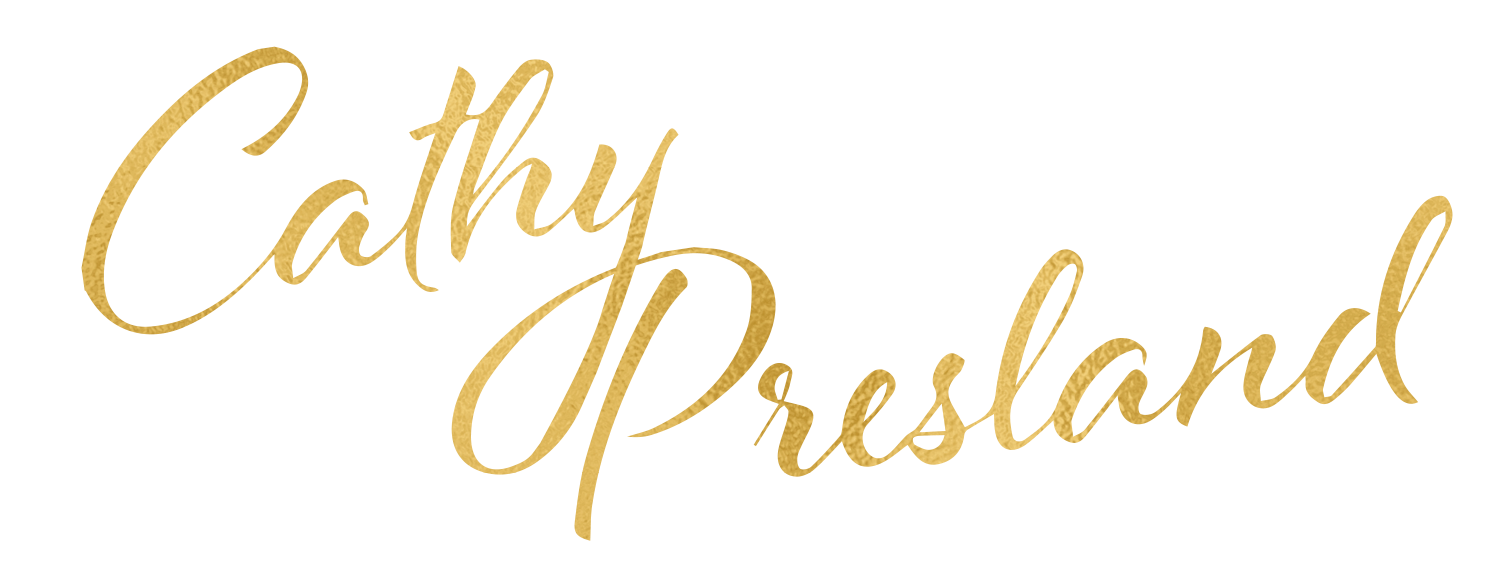Acting Out: Challenging the Collective Narrative
Seeing the Personal Narrative
I spend some of my time with clients, usually at the beginning of our time together, helping them see the difference between what is out in the world, and the thought-created ‘illusion’ they experience as real.
We’re aiming to develop the facility to take a moment, pause before rushing to make sense of things, and sit with the ambiguity a little longer. I want them to widen the scope of the actions they think they can take, and make considered, hopefully wiser, choices before rushing in.
But Then This!
I was with a client last week, talking about a colleague she had been experiencing as ‘difficult’, and considering how much more constructive and rewarding it would be to set that personal history aside and show up fresh with the person in front of her, in a single meeting or exchange, without bringing the history, the story she was carrying around about them.
Oh I couldn’t do THAT!
She exclaimed.
It would go against the corporate narrative.
We both laughed of course, because the fact that she had already seen it as a narrative meant she had enough perspective and distance to have options.
She went on to tell me that there’s a bit of a myth surrounding this person, that they shows up as ‘difficult’ for everyone, or at least that was her perception, and she felt some resistance to stepping out of the prevailing narrative.
And, of course, it’s always a personal narrative at the end of the day, just that there are often more layers than we first imagine.
What’s Driving the Way You Show Up?
It’s so powerful to see, and to understand what’s driving the way we show up.
We don’t have to change, but the moment we see that we’ve been responding to something that has no real substance to it, it becomes possible for all our habits and patterns of behaviour to dissolve away.
It’s almost as if we can’t not show up differently, because we’ve already changed.
At the very least, circumstances and people start to have less power over us—another direction we went in this conversation and something I’ll post more about another day.
Right now, I guess the question I’d love to pose is,
How clearly do you see the narratives that are running your behaviour?
We all have them, it’s called being human, it’s in the design, and not the flaw we sometimes make it out to be.
But the more clearly we see them, the more freedom of mind we have and the more agency to respond in the ways we want to; to direct, I guess, if we want to continue the story-telling analogy, rather than remain stuck with the lines we’ve been handed.
This person certainly cast a long shadow in my client’s organisation, but who knows if the characterisation is any more real than the cute lady in need of a haircut I described last time.
Leadership, or Simply ‘Being Human’
To see this is how we all work is an incredible facility to have in relationships of any kind, it’s fundamental to understanding, and in my opinion, working with people, and it’s the foundation of leadership.
It will help you build constructive, respectful relationships, to collaborate, and to have a much more enjoyable and deeper experience with another human.
And yes, of course, some people do things that have painful consequences for us, and we make our own choice in every moment, but perhaps we’re all, to a certain extent, victims of the stereotypes we play along with in the world?
When we can see that, when we’re prepared to try the ‘fresh page’ with someone, it can be surprising what shows up, and the old reality turns out to be not so ‘real’ after all.
With love,
Cathy

